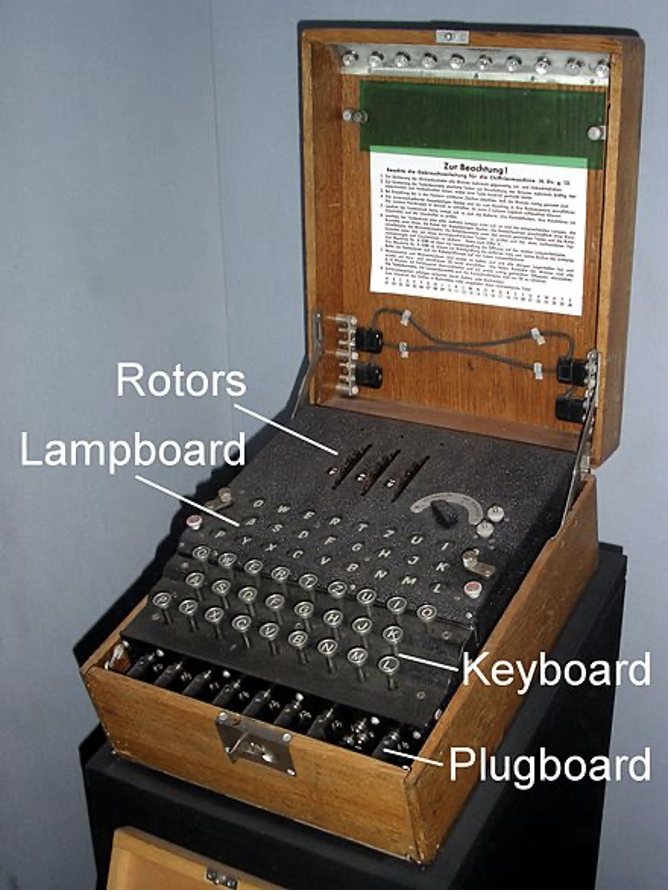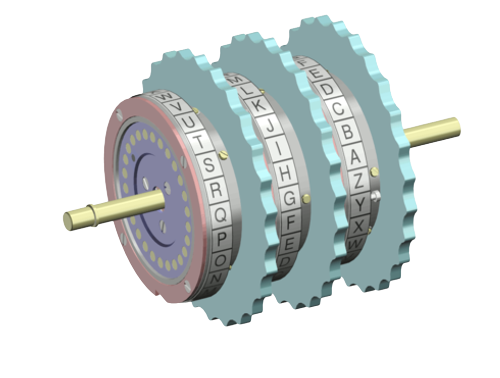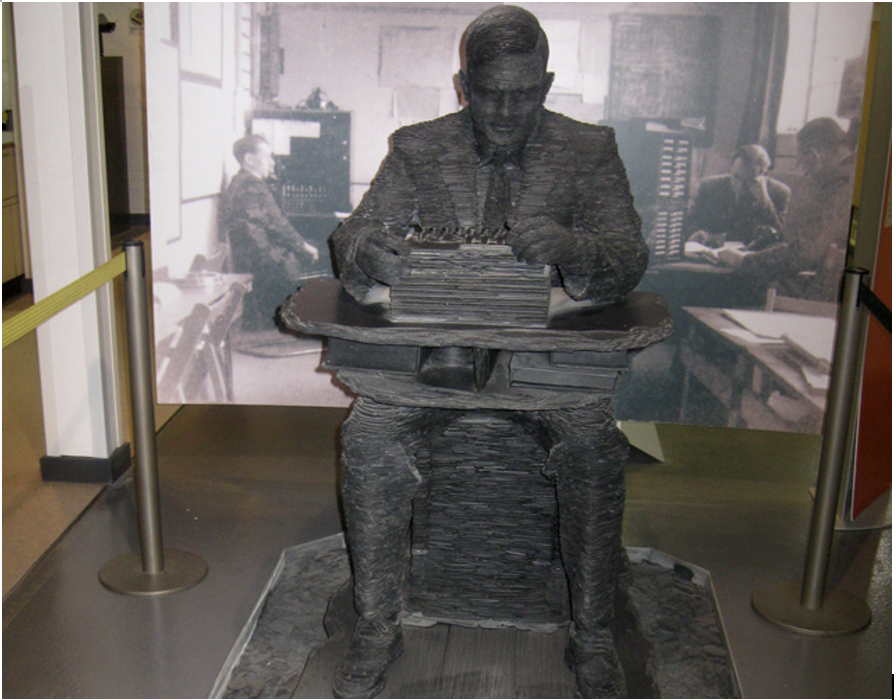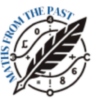The Mathematician Who Ended a War: Alan Turing’s Enigma Breakthrough
World War II was characterized not only by physical conflicts on the battlegrounds, but also by a psychological war of wits. While the former saw technical developments in the form of battle tools and weapons, the latter saw similar progress in the spheres of information and communication technologies. At the forefront of this technological battlefield, Alan Turning stands out, as his cryptographic discoveries helped change the outcome of the war. His contribution to the field helped crack the Enigma code, a seemingly impenetrable cryptographic system used by the Nazis to communicate through encryptions that deceived the eye. We will explore how he deciphered the code, thereby helping to end the war and save millions of lives.
Journey to Success
In 1938, Alan Turing was recruited by the Government Code and Cypher School, a famous codebreaking institution, by an old professor, Max Neuman, who had recognized his talent while he was a student at Cambridge University. This organisation later turned into Bletchley Park, the famous top-secret codebreaking centre during World War II, that he worked alongside to break the Enigma Machine. Turing had established himself as a brilliant mathematician and logician, and built up a reputation based on his previous work on mathematical logic and computation which caught the attention of the authorities. When he joined the organization, he brought with him a deep understanding of mathematical theory and its application to solving complex problems.
The Machine’s Operations
The Enigma machine was a device whose complex design encoded military correspondences between the Nazis through an intricate wiring system that made it invulnerable to decryption by the Allies, or so they thought. To understand how Turing went about deciphering their code and decrypting the system, it is vital to understand the basics of how the Enigma machine operated.
The device was composed of several parts: the first was a keyboard, where you would input the text you wanted transmitted. When a key was pressed, the rotors moved, thereby changing the electrical connections that designated the letters, causing them to be replaced by other letters. This process was repeated for each symbol that was pressed, therefore appearing as gibberish to the naked eye. Once the rotors scrambled the letters, the new encrypted message was then displayed on a light panel, available to the receiver.

Image credit: Karsten Sperling, public domain via Wikimedia Commons.

Image credit: Eric Pierce, CC-BY-SA 3.0 DEED via Wikimedia Commons.
Turing understood that to crack the machine, he had to understand all its intricacies. He therefore proceeded in 3 steps:
1. Recognizing patterns
His first step was to recognize, and subsequently analyze the patterns that would appear within the encrypted message, correctly conjecturing that some of these patterns would remain constant despite the Enigma’s settings being altered daily. These were, most commonly, relating to common military phrases, which provided a starting point. This brings us to the next step.
2. Exploiting “Known Plaintext”
Turing relied on Known Plaintext, a situation where he had access to both the encrypted message and the original data (plaintext), that he either knew or deduced based on patterns and context. If he knew a message contained “Heil Hitler”, he used this plaintext to uncover patterns and determine how the machine scrambled particular letters.
3. Developing their own Machine
He and his team then developed their own machine, the bombe, which tested the possible encryption key settings of the German machine by assuming a known part of the message. By trying different settings, the bombe managed to narrow down the possibilities until it decoded a sensical combination.
Life after the War
Despite these monumental achievements, Turing was shunned and ill-treated the government of the United Kingdom as well as the general public after the War, on account of his sexual orientation. Indeed, in the eyes of the government, his scientific discoveries that helped topple the Nazis did not make up for one crucial aspect of his person: his homosexuality. In 1952, Turing was convicted of “gross indecency,” a crime at the time, and subjected to chemical castration through hormone therapy as an alternative to imprisonment. This unjust treatment led to profound personal and professional consequences, including the revocation of his security clearance and the end of his government work. It wasn’t until 2013 that the United Kingdom (UK) government officially granted Turing a posthumous royal pardon, acknowledging the injustice he suffered for his sexual orientation. Turing’s story has since become a symbol of the ongoing struggle for Lesbian, Gay, Bisexual, Trans, Intersex, Queer and minority gender identities and sexualities not explicitly included (LGBTQ+) rights and the importance of rectifying historical injustices.
Turing’s Impact and His Legacy
Turing’s discoveries were vital in ending the war: by decrypting Nazi correspondences, the Allies gained invaluable insights into Nazi strategies that helped make informed military decisions and ultimately contributed to their victory on the Western Front of the European Theatre. On average, each year of war throughout Europe induced approximately 7 million deaths: if the Enigma code had not been broken, it has been estimated that war could have continued for several more years, possibly resulting in 20 million more deaths.
His acheivements extend far beyond the war: many consider him to have laid the foundations for modern computation, his contributions ranging from computer’s functionality to digital security.

Image credit: ‘Photos of Turing and his World’, via Codebreaker.
Author
Avery Cohen
Bibliography

